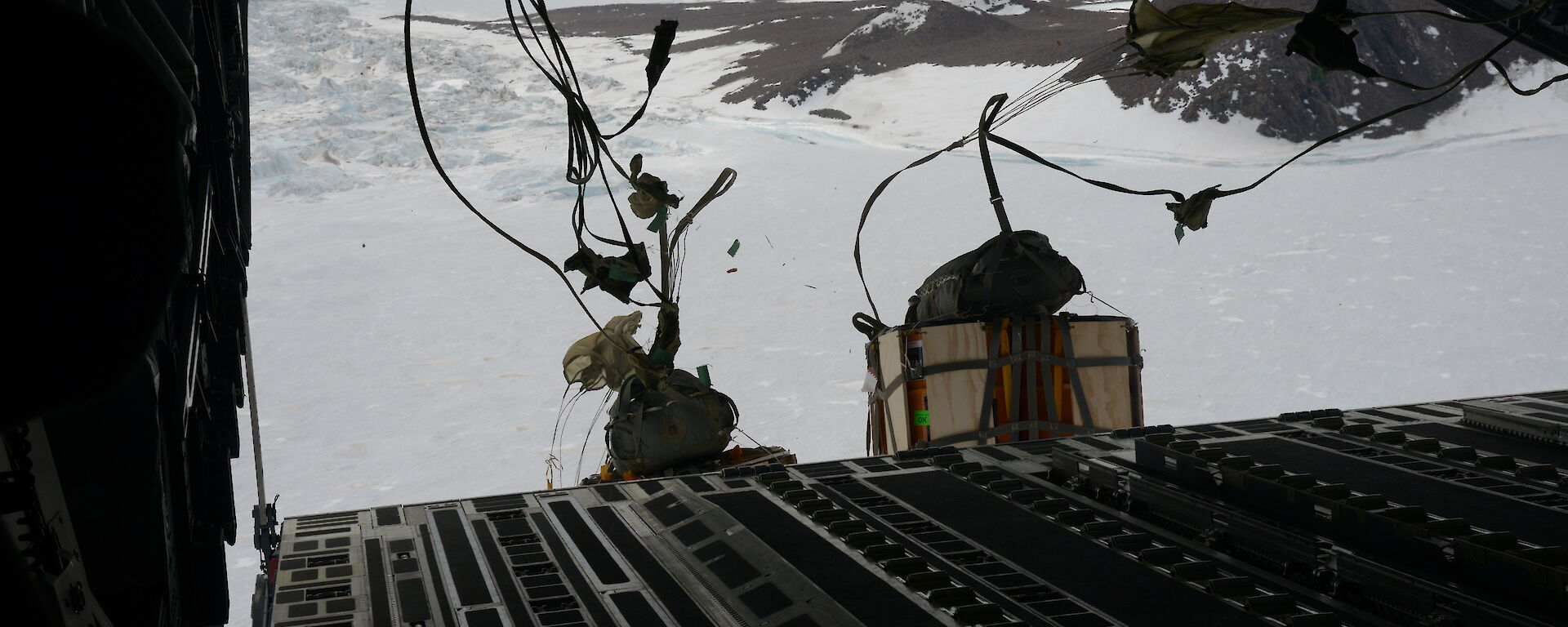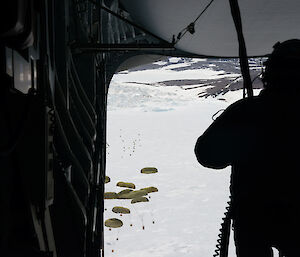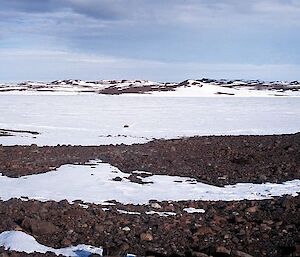A Royal Australian Air Force C-17A Globemaster III has successfully undertaken an Antarctic airdrop of aviation fuel in a remote location near Australia’s Casey research station yesterday.
The plane dropped 40 drums, carrying more than 8000 litres of aviation fuel, at the Bunger Hills, 455km west of Casey.
The fuel will be used to support a key science project this season investigating the contribution of the East Antarctic ice sheet to sea level rise.
Australian Antarctic Division Operations Manager, Robb Clifton, said traditionally fuel has been flown into the field using helicopters or ski-equipped aircraft.
“The Division previously used a range of assets to deliver fuel to remote sites, however it takes a suitable weather window and numerous flights over several days to move the same amount of fuel as delivered by the C-17A in a single mission,” Mr Clifton said.
“Supporting deep field science projects with fuel, equipment and rations is often our biggest challenge, so proving this concept is a major capability step for science supported by the Australian Antarctic Program.”
Yesterday’s flight departed Avalon in Victoria, returning to Hobart International Airport at 7:10pm.
The Australian Antarctic Division and Royal Australian Air Force are undertaking a total of six C-17A missions in support of the Australian Antarctic Program this season.
The C-17A missions fall under Operation Southern Discovery, which brings together the Department of Defence and Department of the Environment and Energy in support of the Australian Antarctic Program.
Under this agreement, the Royal Australian Navy is conducting a marine survey of the near shore region of Davis research station.
The project, which commenced at Davis in November, will produce bathymetric information in unprecedented detail to support science and operations.




